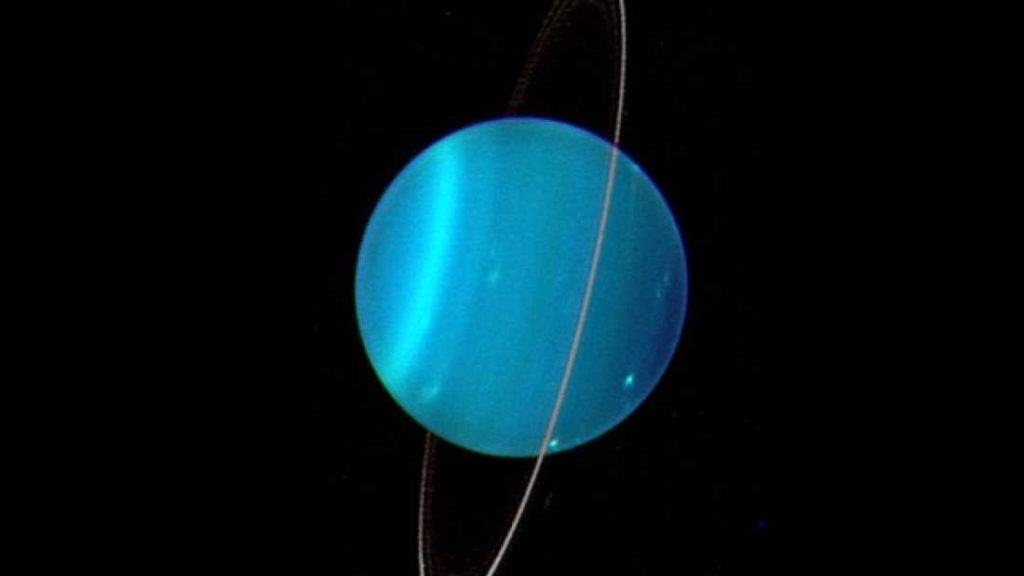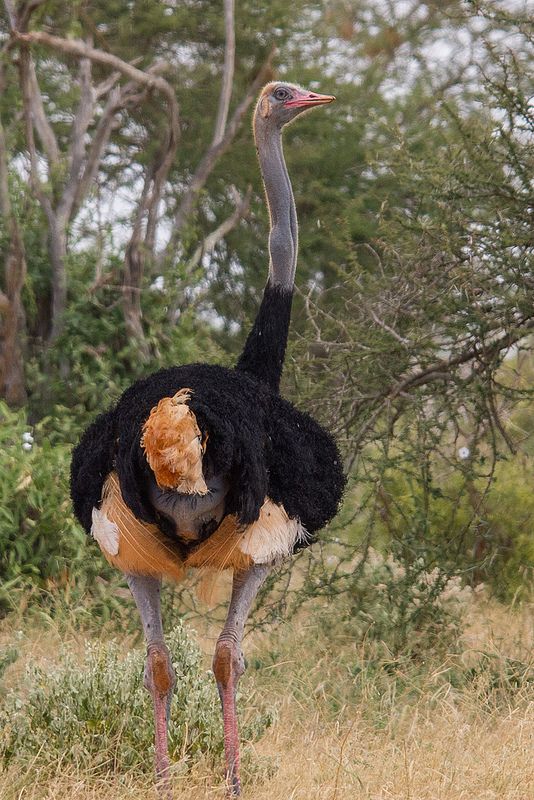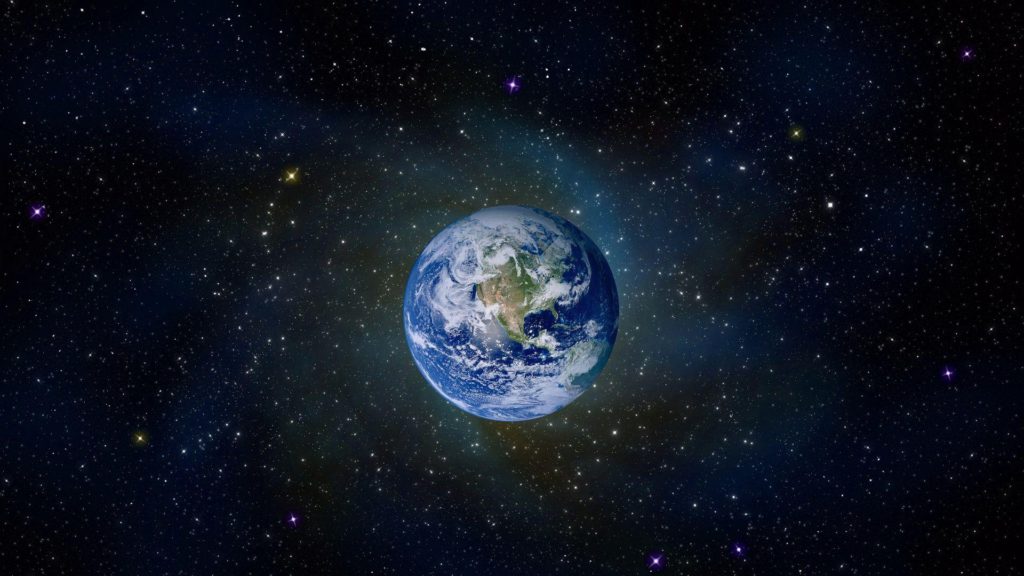In this article, we will be exploring all the details associated with Earth and its rotation. However, first, we must understand where exactly our planet Earth. We must also understand what other planets are around it. It is only then that we can understand the importance of Earth’s rotation. What will happen if it stops rotating? In which direction does Earth rotate? All these questions are going to be answered here and now!
Earth and Other Planets
In our Milky Way Galaxy, there are many planets, moons and stars present. Out of that, life only inhabits the Earth. Human beings do not know about the existence of intelligent life on any other planet. This is what makes space and everything that happens there very fascinating! We have seven planets around Earth and they are called – Mercury, Venus, Earth, Mars, Jupiter, Saturn, Uranus and Neptune. Pluto used to be called the ninth planet. However, it is not called so anymore. That is because of its small size. After long discourses and discussions, scientists have decided that it is too small to be called a planet.
Earth is the only planet with life on it because of the appropriate condition present on Earth. Earth has an abundant amount of water and an inhabitable atmosphere with essential gasses such as oxygen and carbon dioxide. Therefore, plants, animals as well as human beings can co-exist in this environment. However, it is important to note that the position of Earth in space is also a contributing factor when it comes to Earth being suitable for life forms to exist. If the Earth was a little further from the Sun, then it might have been too cold for life. On the other hand, if the sun was too close to the Sun, then the Earth might have been too hot for life. Along with that, the gravitational pull of the Earth in the context of the sun is also just perfect.
| PLANETS | Length of the Day (In Earth’s Day) |
| Mercury | 58.65 |
| Venus | 243.02 |
| Earth | 1.00 |
| Mars | 1.03 |
| Jupiter | 0.41 |
| Saturn | 0.44 |
| Uranus | 0.72 |
| Neptune | 0.67 |
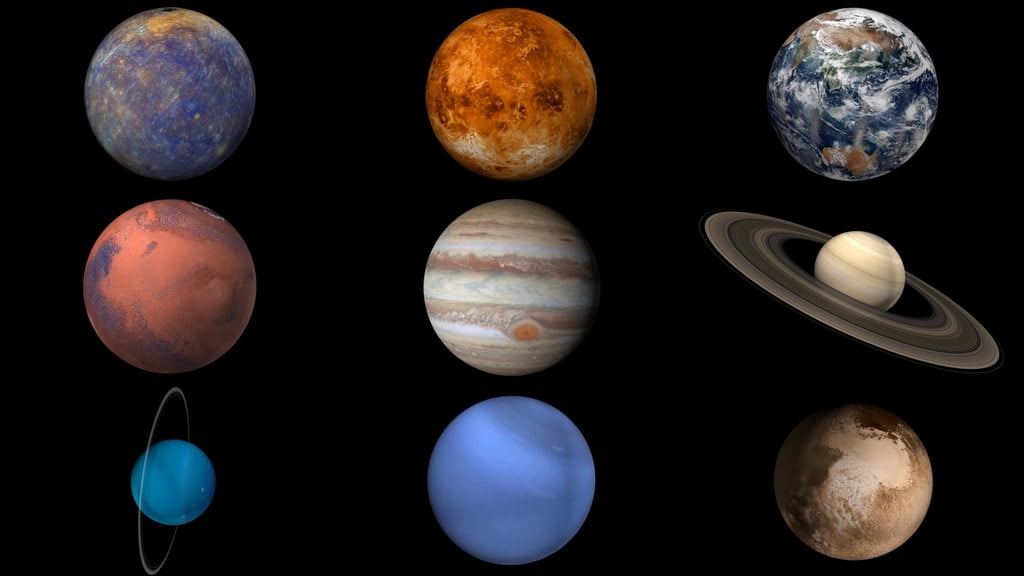
The Space Around the Earth
However, all these things are not enough for life to exist on Earth. Along with these conditions, other factors such as rotation and revolution are also important when it comes to supporting life on Earth. Revolution refers to the circular movement of the Earth around the Sun. This is orbiting around the sun. An entire revolution around the Sun takes the Earth around three hundred and sixty-five as well as one-quarter days.
A fun fact to know is that we cannot add one-quarter of a day to our calendar. So, what do we do? We add it up for four years and that becomes the additional day in February. That particular year with an extra day is a leap year. The date of this day is twenty-ninth February. In the following section, let us take a look at why we need rotation and what it means.
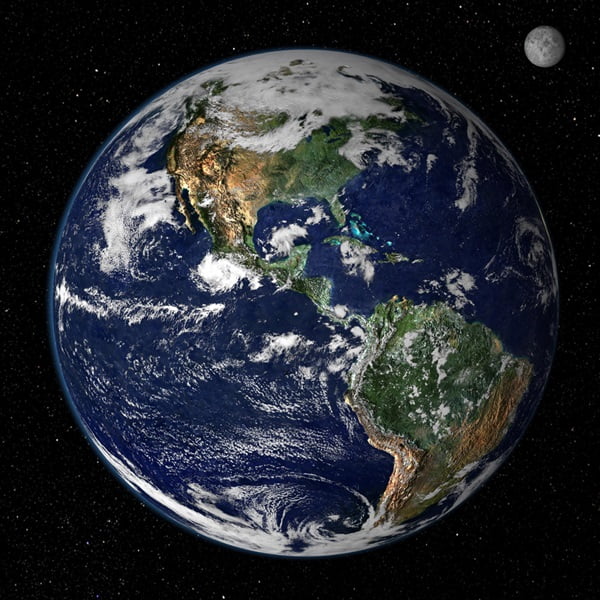
Earth and Its Rotation
Before we understand what exactly rotation is and what is meant by Earth’s rotation, we must understand the concept of an axis. The Earth has an axis that runs down its centre from its topmost section. It is not a straight line but a diagonal one. However, this line is imaginary and has been created by scientists. The particular reason for this is to help explain concepts such as rotation and revolution better. Now, we know about Earth’s axis, let’s understand what rotation is.
The circular or spinning movement of the Earth around its axis can be called a rotation. The direction of the Earth’s rotation takes place in a counter-clockwise motion. This means that Earth’s revolution takes place from the West to the East. One rotational spin of the Earth brings about day and night. It feels as if the sun is moving and is then being replaced by the moon. However, that is not the case. In reality, it is Earth that is going through a revolution and a rotation at a sane time. Due to the speed of the Earth’s rotation as well as revolution and the force of the gravitational pull, we are unable to feel this movement and can stay stable.
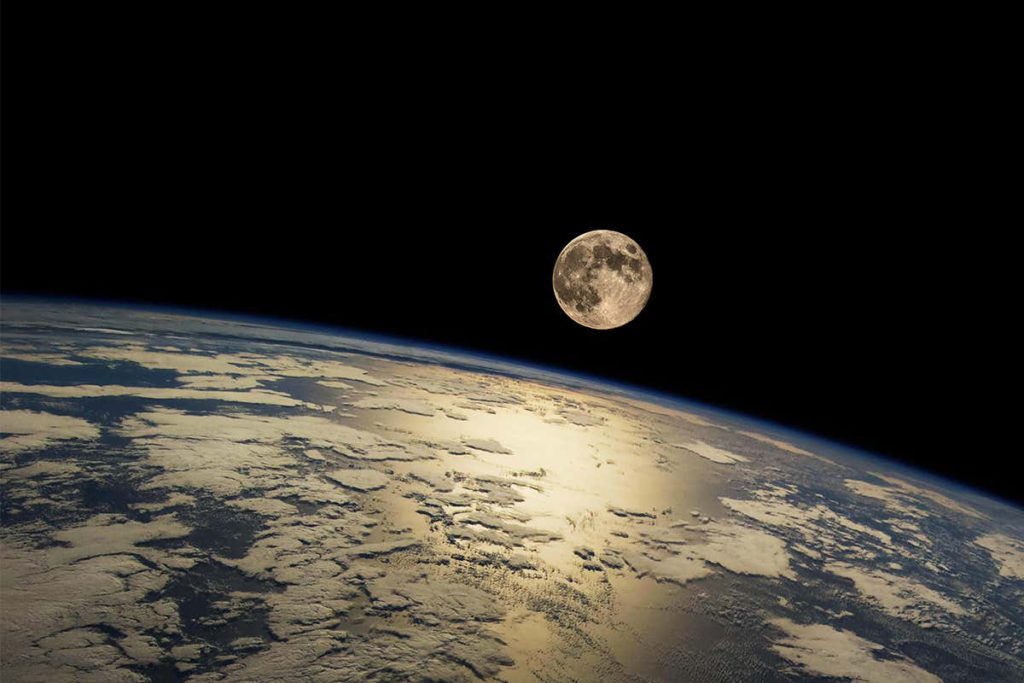
The fact that the Earth rotates also means that it is because of this that twenty-four hours is how long a day lasts. What does this mean? We all know that one day is of twenty-four hours. That is because it takes the Earth roughly twenty-four hours to complete a full rotation around its axis. Therefore, we can see the Sun as well as the Moon and stars on the very same day. Therefore, the Earth’s rotation not only decides the number of hours we have in our day but also gives us morning and night.
Another very fascinating fact about the Earth’s rotation is that modern scientists are not the real ones who figured out the concepts of rotation and revolution. In ancient times, Chinese astronomers as well as astronomers from Babylon had already understood the meanings of rotation and revolution. They had also made many predictions when it comes to the rotation o the Earth. Many said that the length of the day will increase from what it was now. The length of the day has increased by a little less than two milliseconds from what it was all those centuries ago. Hence, those ancient astronomers who had no scientific equipment or concrete knowledge about space had made the correct predictions.
Before we move on, we must consider one last extraordinary fact about the Earth. We are all aware that the Earth is made up of different layers- inner core, outer core, mantle and crust. It is a fact found out by scientists that the inner core of the Earth moves at a much faster speed than the crust of the Earth!
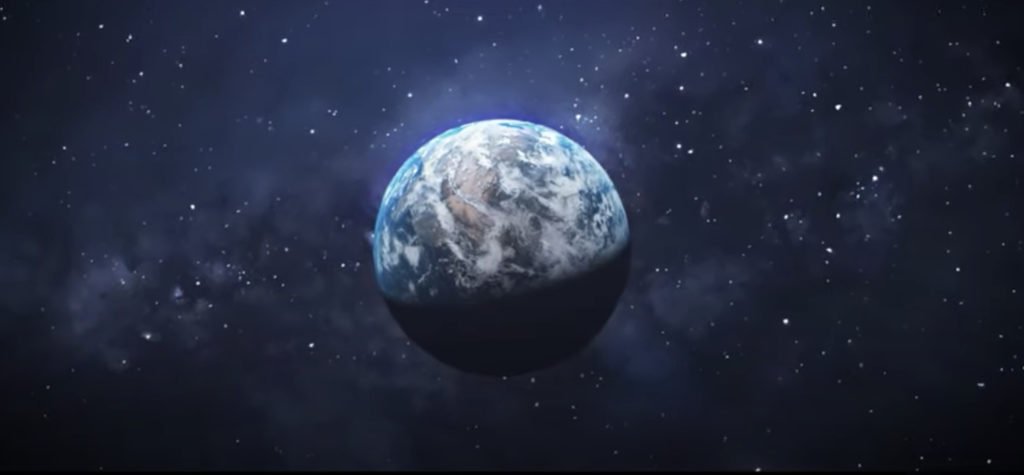
If Earth Stopped Rotating then?
Here, we are going to delve deeper into a concept that excites almost everybody that is familiar with the concept of rotation and revolution. So, what exactly will happen if the Earth stops rotating. Let’s find out! Regardless of whether the Earth stops rotating completely or just for some time, the results would be quite devastating. Mankind as well as the physical environment will come to an end as we know it! The Earth rotates at an extremely high speed of a thousand miles per an hour. Therefore, when the Earth suddenly comes to a stop, everything will come falling forward.
Think of a vehicle moving really fast and stepping on the break very suddenly. The individuals in the car will be forward which is why seat belts are important. The Earth moves in an extremely higher speed and so if it stops, it will also move the mountains and oceans in a forward direction. This will in turn, cause a huge number of natural disasters such as earthquakes or tsunamis. These natural disasters will be of such a magnitude that mankind as well as nature will not be able to survive it! However, something like this is very unlikely to happen. This is because it will take a lot of energy to stop the Earth and such concentrated energy does not exist.
Also, Read Dystopian Fiction – A New World for Kids
What Will Happen if the Direction of the Earth’s Rotation gets Reversed?

The Earth has been rotating in the same direction from the time that it has existed. Here, we will be exploring the ideas of what exactly will happen if the direction of the Earth’s rotation gets reversed. The Earth rotates from the West to the East which is anti-clockwise. However, if the rotation of the Earth would get reversed, it could be said to rotate from the East to the West. If the Earth rotates clockwise, it can be said that the Earth is retrograde. The term retrograde can be applied to any planet, moon among many other things when they are moving in the clockwise direction.
A simulation was also run by the scientific community to see what exactly would happen if the direction of the Earth’s rotation does get reversed. The results were nothing short of fascinating! The Earth’s rotation and its direction influence the gravitational pull very much and in turn also impact the climatic conditions of the Earth. It was observed in the simulation that the climatic conditions of the Earth would get completely reversed as well. This means that most of the deserts that are in the middle eastern regions at this point would be found in the American states. On the other hand, Africa would be covered with lush and vibrant greenery. Europe would almost be frozen completely and would become a frigid zone.

Facts About the Earth and Space
Here are some facts that you need to know about when it comes to Earth and its rotation! Some of these facts are about space and are very interesting so let’s get to it!
Stars visibility is affected by Earth’s rotation
Due to the rotation and the revolution of the Earth, some stars are visible to us and others are not. From where we stand, it is of course not possible to identify all-stars, however, this is a fact. As the Earth moves around the Sun, we see different stars and different constellations every single night.
Earth’s Rotation leads to Changes in Seasons
The revolution of the Earth also causes the change in the seasons and brings about Spring, Summer, Monsoon, Fall or Autumn and lastly, Winter. In each of these seasons, the amount of daylight and nighttime also varies. On the other hand, in summer the days are longer than the night.
The Spring or the Vernal equinox is always on the twenty-first of March while the Autumnal equinox is always on the twenty-third of September. Moving on further, When the length of the day is extremely different from the length of the night, meaning that is at maximum, it is known as a Solstice. The twenty-first of June is called the summer solstice. On the other hand, a solstice also occurs in Winter. It is called the Winter solstice and takes place on the twenty-first of December. These are truly fascinating details that one must remember about their planet.
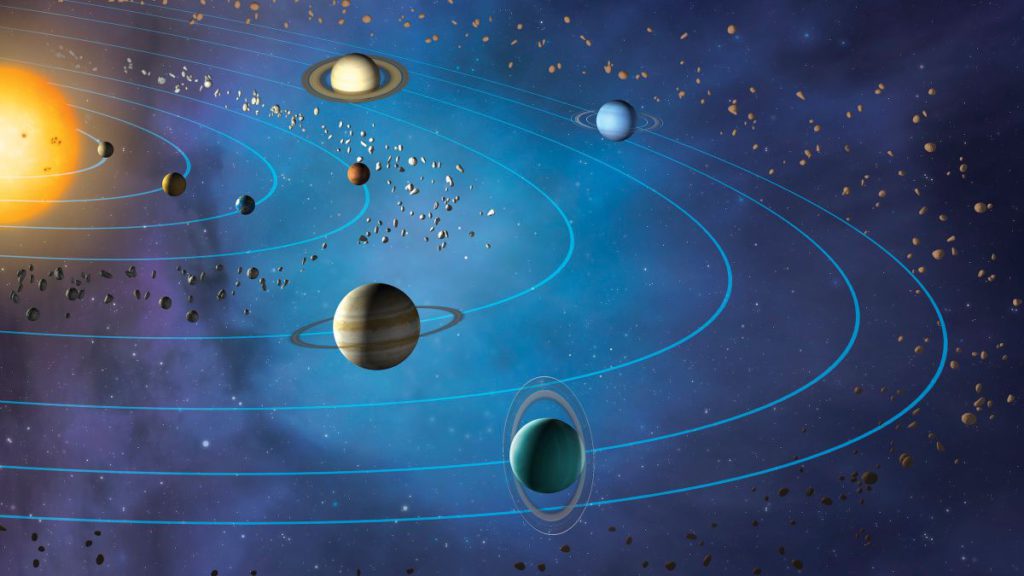
Who proved Earth’s Rotation?
Leon Foucault was the man who theoretically proved that the Earth rotates. He did so with the help of an experiment. He did so with the help of a heavy iron ball, a pin and some sand. This discovery took place on the eighth of January in the year eighteen fifty-one.
Earth is Spherical Shaped
We all are aware that the shape of our planet Earth is spherical. This circular or spherical shape of the Earth. We have come to the end of the perfect guide to everything that you needed to know about Earth and its rotation.
We have hopefully answered most of your questions. Let this be the perfect guide for you to learn the most amazing facts about Earth. Learn about what sort of possibilities could become the reality. Find the answers to what would happen if the Earth stopped rotating or started doing so in a different direction completely. Earth is incredible!
Also, Read Books to Tell You Better about Holocaust
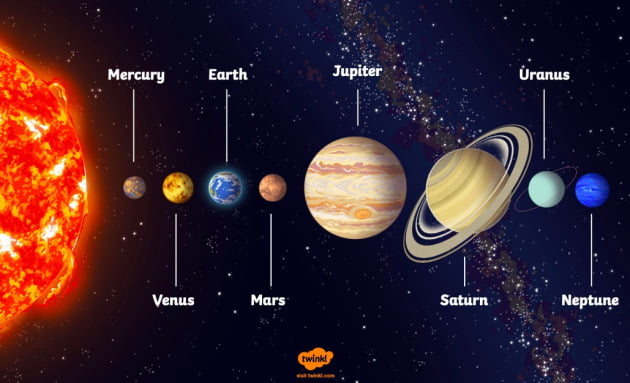
Frequently Asked Questions (FAQs)
Does the Earth change its direction of rotation? Why or why not?
A. No, the Earth does not change the direction of its rotation. Regardless of whether the Earth stops rotating completely or just for some time, the results would be quite devastating. Mankind as well as the physical environment will come to an end as we know it! The Earth rotates at an extremely high speed of a thousand miles per hour. Therefore, when the Earth suddenly comes to a stop, everything will come falling forward. Think of a vehicle moving fast and stepping on the brake very suddenly.
The Earth moves at an extremely higher speed and so if it stops, it will also move the mountains and oceans in a forward direction. This will, in turn, cause a huge number of natural disasters such as earthquakes or tsunamis. These natural disasters will be of such magnitude that mankind, as well as nature, will not be able to survive them! However, something like this is very unlikely to happen. This is because it will take a lot of energy to stop the Earth and such concentrated energy does not exist.
What will happen if the Earth starts rotating in the opposite direction?
A. The Earth has been rotating in the same direction from the time that it has existed. Here, we will be exploring the ideas of what exactly will happen if the direction of the Earth’s rotation gets reversed. The Earth rotates from the West to the East which is anti-clockwise. However, if the rotation of the Earth would get reversed, it could be said to rotate from the East to the West. If the Earth rotates clockwise, it can be said that the Earth is retrograde. The term retrograde can be applied to any planet, moon among many other things when they are moving in the clockwise direction.
A simulation was also run by the scientific community to see what exactly would happen if the direction of the Earth’s rotation does get reversed. The results were nothing short of fascinating! The Earth’s rotation and its direction influence the gravitational pull very much and in turn also impact the climatic conditions of the Earth. It was observed in the simulation that the climatic conditions of the Earth would get completely reversed as well. This means that most of the deserts that are in the middle eastern regions at this point would be found in the American states. On the other hand, Africa would be covered with lush and vibrant greenery. Europe would almost be frozen completely and would become a frigid zone.
What affects the Earth’s rotation?
A. The gravitational pull from the sun affects the Earth’s rotation. The distance that the Earth is at from the Sun also affects its rotation. Furthermore, Earth’s rotation also causes changes in Earth’s own atmosphere.
How long does it take for Earth to rotate once?
A. It takes the Earth roughly twenty-four hours to complete one single rotation.
What are Equinoxes and Solstices?
A. The revolution of the Earth also causes the change in the seasons and brings about Spring, Summer, Monsoon, Fall or Autumn and lastly, Winter. In each of these seasons, the amount of daylight and nighttime also vary. It is generally In Winter, the night is longer than the day. On the other hand, in summer the days are longer than the night. There are two days in the year. Equinoxes means when the day and the night are of equal length
The Spring or the Vernal equinox is always on the twenty-first of March while the Autumnal equinox is always on the twenty-third of September. Moving on further, When the length of the day is extremely different from the length of the night, meaning that is at maximum, it is known as a Solstice. The twenty-first of June is the summer solstice. On the other hand, a solstice also occurs in Winter. It is a Winter solstice and takes place on the twenty-first of December. These are truly fascinating details that one must remember about their planet.
Who discovered that the Earth can rotate?
A. Another very fascinating fact about the Earth’s rotation is that modern scientists are not the real ones who figured out the concepts of rotation and revolution. In ancient times, Chinese astronomers as well as astronomers from Babylon had already understood the meanings of rotation and revolution. They had also made many predictions when it comes to the rotation o the Earth. Many said that the length of the day will increase from what it was now.
The length of the day has increased by a little less than two milliseconds from what it was all those centuries ago. Hence, those ancient astronomers who had no scientific equipment or concrete knowledge about space had made the correct predictions. Leon Foucault was the man who theoretically proved that the Earth rotates. He did so with the help of an experiment. He did so with the help of a heavy iron ball, a pin and some sand. This discovery took place on the eighth of January in the year eighteen fifty-one.
How are the sun and the moon visible on the same day?
A. One day is = twenty-four hours. That is because it takes the Earth roughly twenty-four hours to complete a full rotation around its axis. Therefore, we can see the Sun as well as the Moon and stars on the very same day. Therefore, the Earth’s rotation not only decides the number of hours we have in our day but also gives us morning and night. Daylight is very important for the existence of life and nighttime is necessary for rest.
Also, Read The Most Well Known and Popular Countries in the World

